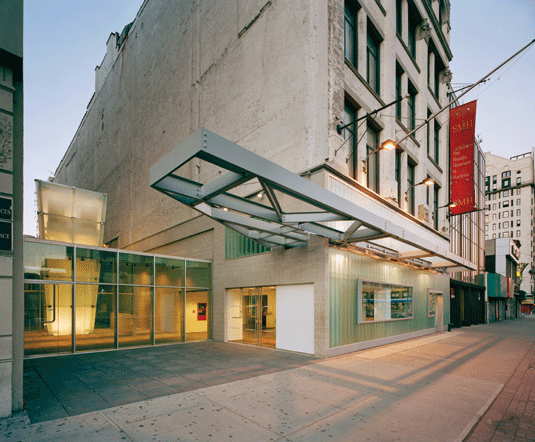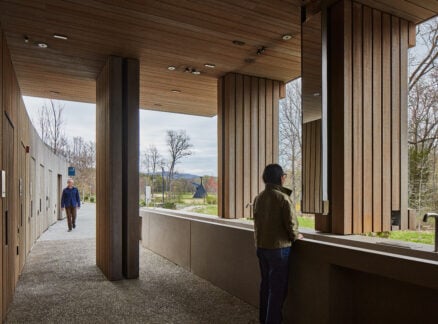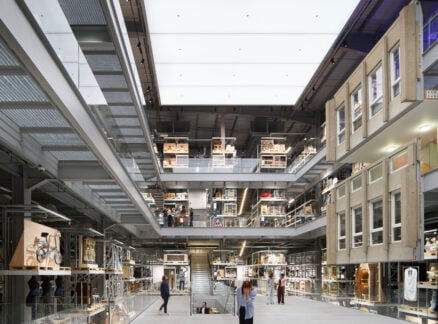
June 26, 2012
New Monograph Highlights Rogers Marvel’s “Marvelous” Interventions
Rogers Marvel Architects, Princeton Architectural Press, 2011Buildings, adaptations, and public spaces are three different architectural categories, right? According to Rogers Marvel Architects’s (RMA) trisected monograph, published last year by Princeton Architectural Press, they seem to think so too. In reality, however, their projects aren’t so easily dragged and dropped. Working almost exclusively in New York […]
Rogers Marvel Architects, Princeton Architectural Press, 2011
Buildings, adaptations, and public spaces are three different architectural categories, right? According to Rogers Marvel Architects’s (RMA) trisected monograph, published last year by Princeton Architectural Press, they seem to think so too. In reality, however, their projects aren’t so easily dragged and dropped. Working almost exclusively in New York City, the firm’s projects serve to enhance the existing urban fabric, making the introduction by Michael Sorkin fitting. Like slivers (in New York, everything’s a sliver) set into the streetscapes, from Harlem, down to the Financial District, and over the East River in Williamsburg, their projects create necessary public spaces for citizens. Whether the firm poured the foundation or worked around an existing structure is beside the point. Interventions—that’s what the architects at Rogers Marvel do; and they’ve been quite busy.
RMA restored the Financial District’s post-9/11 maze of fences and checkpoints to a seamlessly secured street life. Popping up along the streets, large faceted blockades prevent rogue cars; their bronze material resembles the gold bricks being traded just yards away. Other barricades are slimmer, and turn to allow vehicle access. These hidden checkpoints glow at dusk as the suits leave the offices. (These “Antiterror Turntables” were featured in our December 2010 issue.)

New York Stock Exchange Finacial District Streatscapes & Security. New York, NY
© David Sundberg/Esto
Glowing even brighter, about eight miles north, is The Studio Museum in Harlem. Sitting in two lots, on 125th street—the neighborhood’s famous main drag—the building’s mass hides within a five-story brick building. A glass walled courtyard spurs out into the adjacent lot. Inset from the sidewalk, its gleaming walls create an inviting break in the crowded street wall.

The Studio Museum in Harlem on 125th Street. New York, NY
© Albert Vecerka/Esto
In 2008, the firm won an international competition to redesign the vacant land at Governors Island—now RMA is the associate architects along with West 8. The parks swooping planting beds and elevated walkways will be one of the largest additions to the city in decades.

Governers Island Park & Public Space Master Plan. New York, NY
Opening later this month, Williamsburg’s McCarren Park Pool has been overhauled from its makeshift-hipster-concert-venue days back to the glorious 1936 public amenity. Rogers Marvel’s work on the Robert Moses-era pool brings an interesting connection—few have changed the city so physically as RMA and Moses, but comparing their practices shows the strides made towards humanistic design over 80 years. While the “Meat-Ax” hand of Mr. Moses maimed large swaths of New York in short periods, Rogers Marvel Architects is embellishing it, one building at a time.
Sben Korsh is a BA candidate studying both architecture history and writing through the CUNY Baccalaureate Program for Unique and Interdisciplinary Study. Follow him on Twitter @SbenKorsh
All Images curtesy of, Rogers Marvel Architects by Rob Rogers and Jonathan Marvel, published by Princeton Architectural Press 2011.





